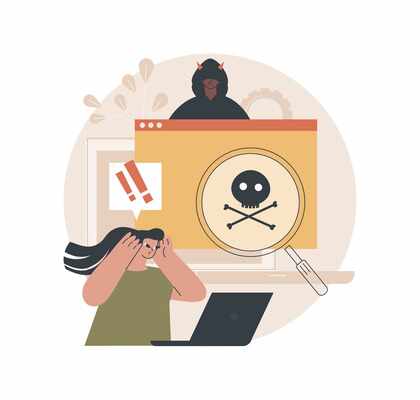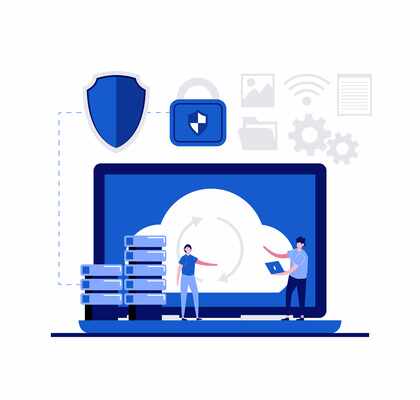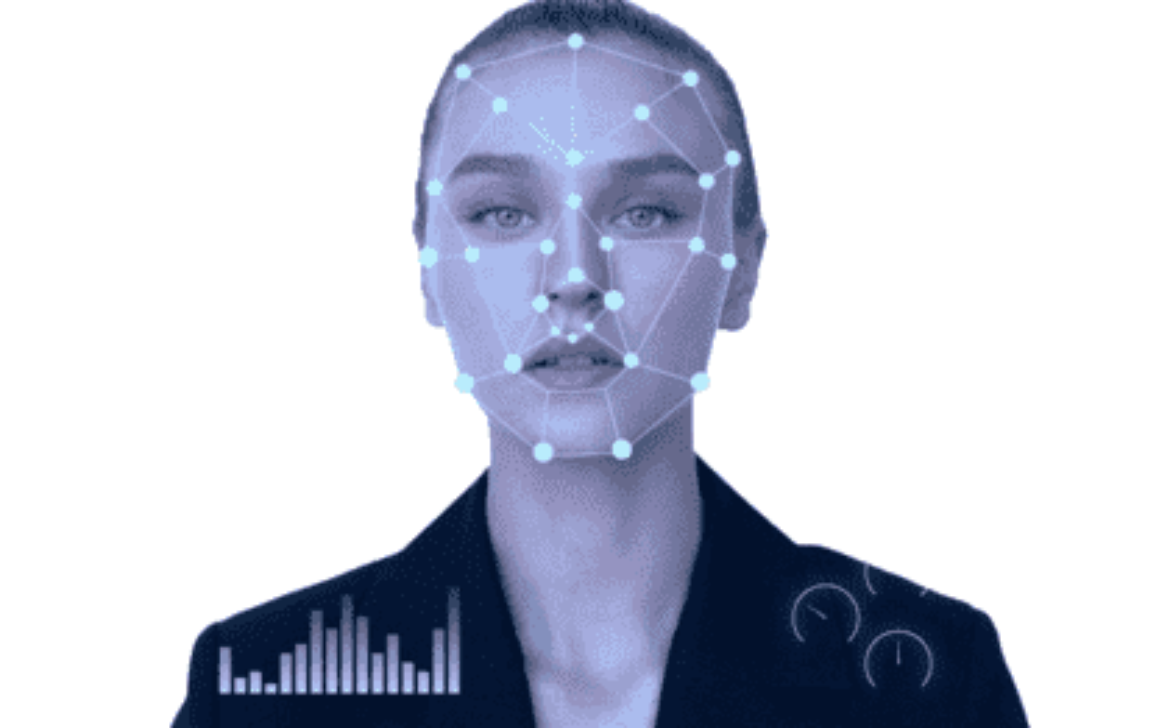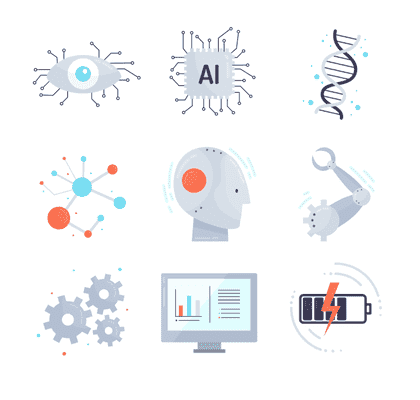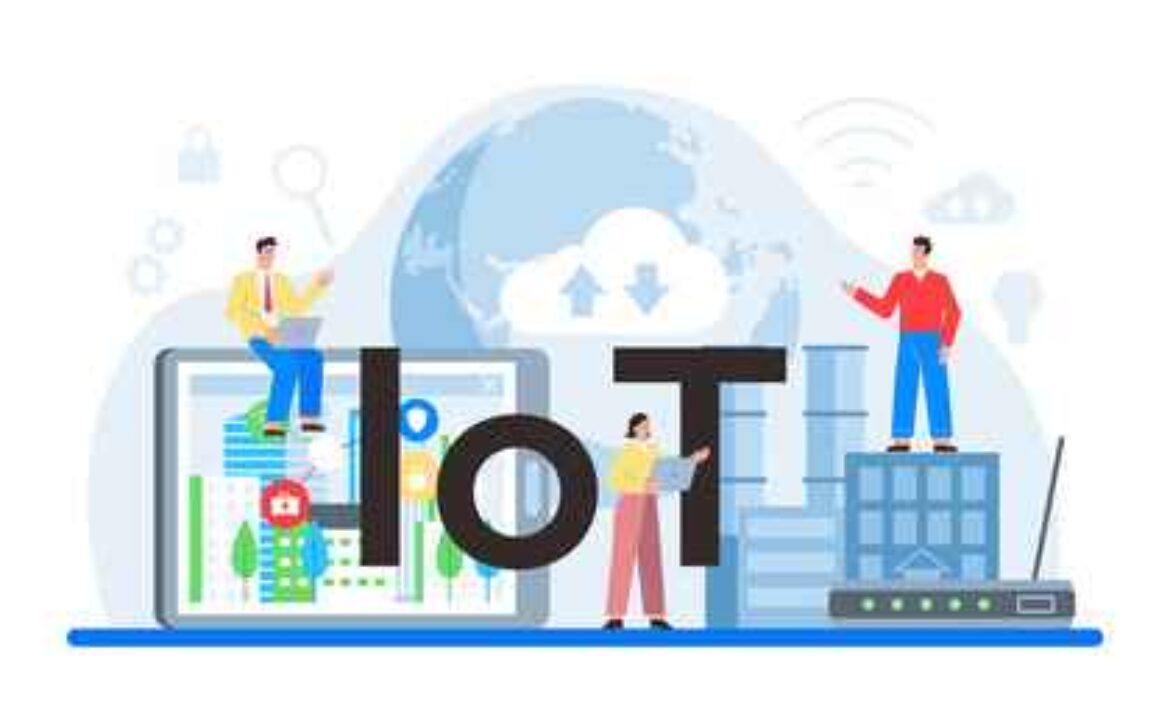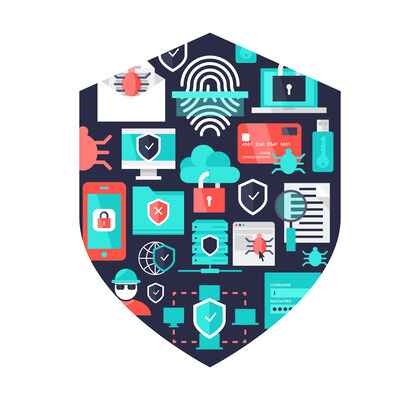Top Cybersecurity Threats for 2023 and How to Stay Protected
As we move further into the digital age, cybersecurity threats are becoming more sophisticated and complex. With new technologies emerging all the time, it’s important to stay ahead of the game when it comes to protecting your business from cyber threats. In this blog, we’ll take a look at some of the top cybersecurity threats that are expected to emerge in 2023 and provide tips on how you can stay protected. To stay protected against AI attacks, businesses need to ensure that their cybersecurity measures include AI-powered solutions that can identify potential threats and respond in real-time. To protect against cloud-based attacks, businesses need to ensure that their cloud security measures are robust and up-to-date. This can include implementing multi-factor authentication, encrypting sensitive data, and using secure cloud service providers. To stay protected against IoT vulnerabilities, businesses need to implement strong passwords, keep devices up-to-date with the latest firmware, and ensure that all devices are secured behind a firewall.
Prevention is always better than cure when it comes to cybersecurity threats. Investing in the right security solutions and training your team can go a long way in protecting your business from cyber attacks
To protect against insider threats, businesses need to implement strong access control measures, monitor employee activity, and provide regular cybersecurity training for all employees. To protect against social engineering attacks, businesses need to educate employees on how to identify and avoid these types of attacks. This can include implementing security awareness training and using email filters to detect and block phishing emails. In conclusion, staying ahead of the game when it comes to cybersecurity is crucial for any business. By understanding the top cybersecurity threats for 2023 and implementing robust security measures, businesses can stay protected and avoid costly cybersecurity breaches.

